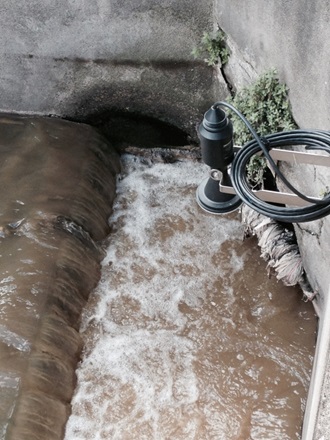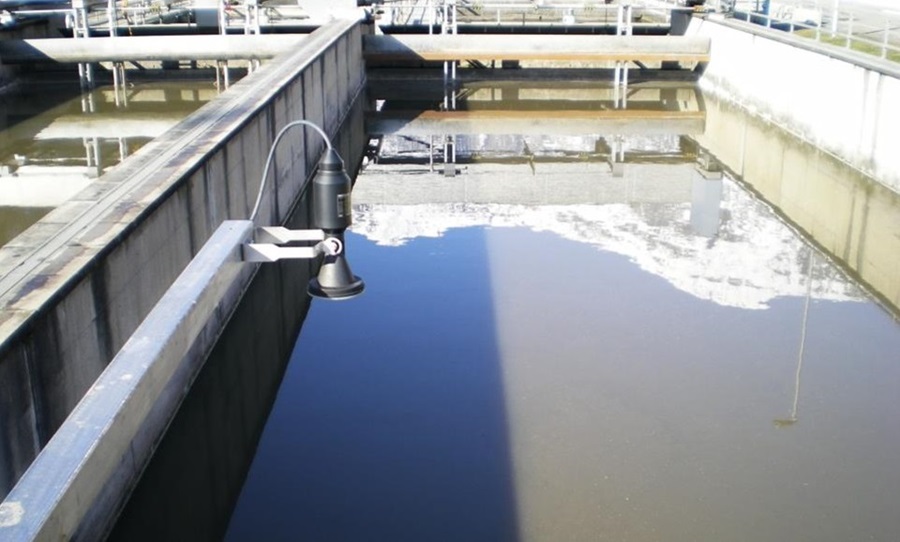Why accurate open channel flow measurements are important: Talking Treatment
What is an open channel?
Open channels are a common method for transporting wastewater to and from wastewater treatment plants. Operators need accurate flow measurements in these open channels, so they can calculate how much water they’ll be treating and discharging back into the environment. Plus, the EPA, Environmental Protection Agency, requires all wastewater treatment plants to report this measurement to stay in compliance with environmental regulations. Failure to accurately report the influent and flow measurement can result in fines. Inaccurate flow measurements can result in erroneous measurement anywhere from thousands or even tens of thousands of gallons per day.
How do we get this measurement?
To get an accurate flow measurement in an open channel, a few items are required. The first step is installing a hydraulic structure, either a weir or a flume, in the open channel that restricts the flow of water. A weir is a small dam with a notch of a known shape and size cut out. A flume is a section of the open channel with a specific design to restrict the flow of water as it travels through. Once we know the shape the water will take as it passes through this open channel, we can install a level sensor and take a level measurement. The level sensor helps to calculate the flowrate and the amount of water moving through the weir or flume at a given time.
Weather, foam, and even spiders: Measurement challenges
Measurement Options: Ultrasonic vs. Radar
Wastewater treatment plants across the country use a handful of technologies for the most important measurement they make. Because of the nature of wastewater and the turbulent flow for open channel weirs and flumes, a non-contact sensor is preferred because less cleaning and less maintenance are required. Non-contact technologies branch off into two widely used and accepted methods: ultrasonic and radar.
Ultrasonic and radar sensors operate under the same time of flight principle: a sound wave or microwave pulse is emitted from the sensor, bounced off the surface of the water, and received by the antenna on the sensor. Using the signal’s time of flight, the water level is calculated. This is where the similarities end, however. Ultrasonic instruments use high-frequency soundwaves, which require a carrier (molecule) to propagate the signal, and radars use radio microwaves which do not require a carrier and can measure in a vacuum or in space. Each of these types of signals move through the air in very different ways and handle the less than ideal conditions found in open water channels differently.
Radar sensors like the VEGAPULS WL 61 are nearly invulnerable to changing temperatures, but temperature swings, which can be common any time of year in nearly every climate, can alter the speed of sound waves. This results in an inaccurate measurement, which means a flow measurement error. Depending on how big of a level measurement inaccuracy, the incorrect flow measurement can add up quickly. Condensation forming on a measurement sensor can result in an error reading on ultrasonic sensors, but radar is, once again, immune to moisture on the face of the sensor. When it comes to spider webs, again, radar can work through it while ultrasonic sensors struggle and fail. And finally, when it comes to foam, the same pattern emerges – radar can read through the bubbles on the surface while the physical soundwave provided by ultrasonic devices is absorbed entirely.
Conclusion
Wastewater treatment plants shouldn’t rely on a subpar, inaccurate measurement technology for the most important measurement in their process. The flow measurements in open channels give operators an idea of how to treat the incoming water and how much of that water they’re treating. Just as importantly, they need to be confident in the measurements they’re delivering to the EPA.
That’s why I recommend the VEGAPULS WL 61 for a low-maintenance, reliable level measurement in the open channels. You don’t have to take my word for it, either. VEGA Americas will be at WEFTEC in New Orleans at Booth #7013 from September 29 through October 3, and they’re bringing their brand new weir demonstration. Bring your questions and any skepticism to see how the VEGAPULS WL 61 works in a real, live situation.
Related products
Export this article
Download as PDFShare this article
Comments ({{comments.length}})
{{getCommentAuthor(comment, "Anonymous")}} {{comment.timestamp | date : "dd.MM.yyyy HH:mm" }}
{{comment.comment}}







